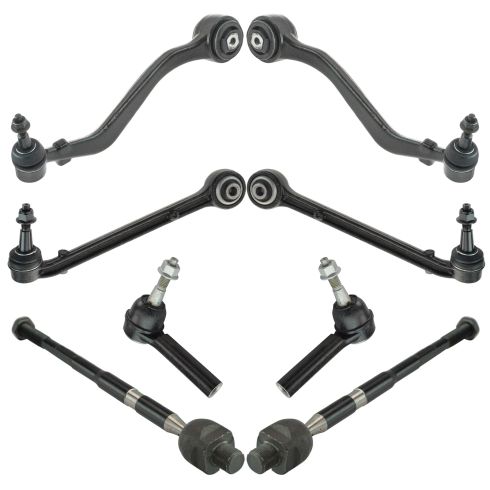1ASFK05987-Chevrolet Camaro Front 8 Piece Steering & Suspension Kit TRQ PSA64892

Replaces
2014 Chevrolet Camaro LT Front 8 Piece Steering & Suspension Kit TRQ PSA64892

Product Reviews
Loading reviews
5.00/ 5.0
2
2 reviews
Suspension
July 17, 2021
Excellent quality parts and reliable.
September 25, 2021
Excellent service
Customer Q&A
No questions have been asked about this item.
Chevrolet is a registered trademark of General Motors Company. 1A Auto is not affiliated with or sponsored by Chevrolet or General Motors Company.
See all trademarks.
















